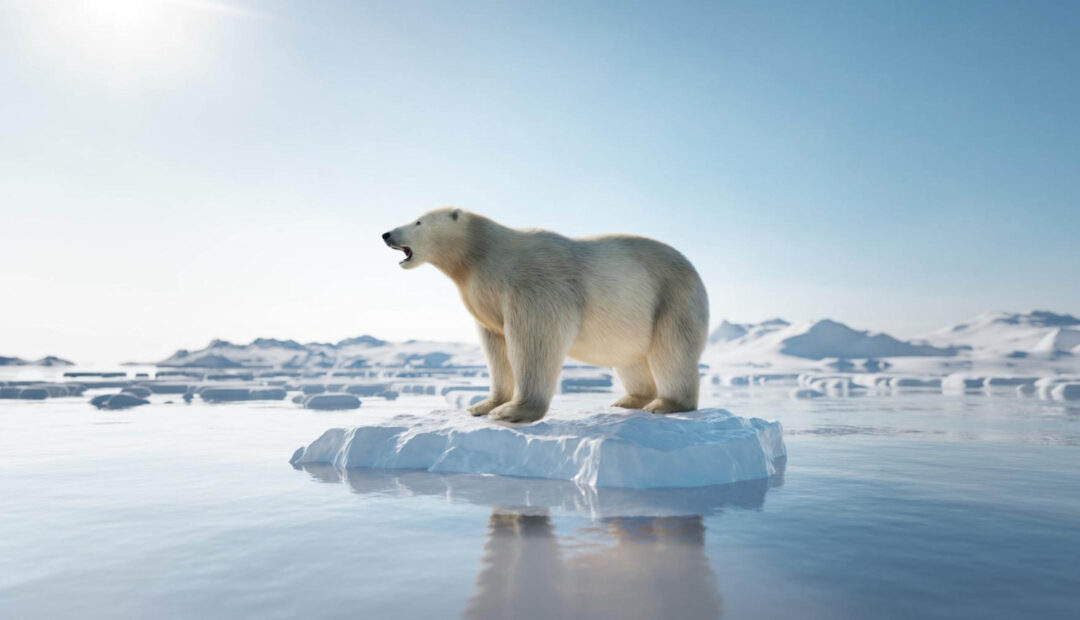An iceberg three times the size of New York City is moving for the first time in nearly 40 years after being stuck to the ocean floor.
The iceberg, named A23a, was historically connected to the Antarctic coastline before it broke off in 1986 and planted itself in the Weddell Sea, according to BBC. The enormous glacial mass spans 1,500 square miles or 4,000 square kilometers, and before it broke apart from Antarctica it housed a Soviet research station.
Dr. Andrew Fleming, a remoting sensing expert from the British Antarctic Survey told the BBC “the time had just come” for the iceberg to get on the move, though there was initial speculation that possible changes in shelf water temperatures may have provoked the departure.
The first sign of movement came in 2020, after scientists guessed that temperature changes would eventually cause the iceberg to shrink in size, detach, and start moving. Now as it passes the northern tip of the Antarctic Peninsula, it is predicted to start moving toward the Antarctic Circumpolar Current or “iceberg alley” which typically ejects icebergs toward the South Atlantic Ocean and the island of South Georgia. Should it lodge itself there, it could cause potential life-threatening environmental changes for the populations of penguins and seabirds that reside there.
However, the BBC reports that icebergs shouldn’t be stereotyped as dangerous. When they melt “they release the mineral dust that was incorporated into their ice when they were part of glaciers scraping along the rock bed of Antarctica. This dust is a source of nutrients for the organisms that form the base of ocean food chains.” Scientists will continue to watch the movement patterns of A23a as it continues it’s journey towards iceberg alley.
Though the iceberg may have started moving regardless of climate change, the change in temperatures lending themselves to the icebergs shrinkage are certainly suspect enough to assume this movement might be a product of the climate crisis. On a broader scale, glacial melting is a major contributor to some of the issues posing the biggest threat to our planet. According to a statistical analysis and data through October from the National Centers for Environmental Information, there is more than a 99 % chance that 2023 will rank as the warmest year in recorded history.
Glacial melting is one of the many effects of climate change that not only endangers Arctic wildlife, but also threatens to raise sea levels. According to the World Wildlife Fund, “even if we significantly curb emissions in coming decades, more than a third of world’s remaining glaciers will melt before the year 2100. When it comes to sea ice, 95% of the oldest and thickest ice in the Arctic is already gone.”
According to reports from The Guardian, just 100 companies are responsible for 71% of global emissions. While countries attempt to meet net zero requirements and individuals attempt to make change on more contained levels, corporations like ExxonMobil, Shell, and BP continue to be the highest emitting investor-owned companies.
In 2023, the effects of climate change manifested not only in record breaking temperatures, but in widespread wildfires in places like Canada where the raging forest fires greatly worsened air quality in cities hundreds of miles away. The effects of climate change will continue to wreak havoc on global communities unless significant changes are made.


